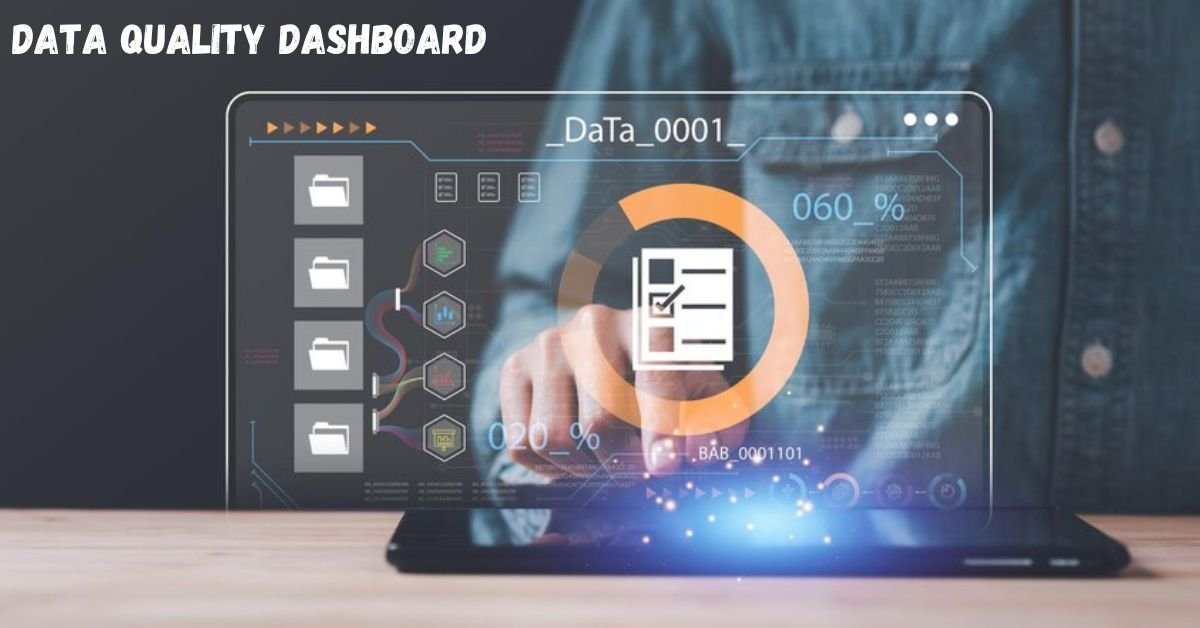A data quality dashboard is an essential tool that provides a centralized view of key metrics, enabling organizations to monitor and improve the health and reliability of their data.
By offering real-time insights into data quality, these dashboards empower businesses to make informed decisions, enhance operational efficiency, and maintain compliance with industry standards.
Key Components of a Data Quality Dashboard
An effective data quality dashboard typically includes the following components:
-
Data Quality Dimensions: These are fundamental aspects used to evaluate data, such as completeness, accuracy, timeliness, consistency, and uniqueness. Monitoring these dimensions helps in identifying and addressing specific data quality issues.
-
Data Quality Metrics: These are quantifiable measures that assess the quality of data, including error rates, data freshness, and conformity to standards. Tracking these metrics aids in maintaining high data quality.
-
Visualization Tools: Graphs, charts, and heatmaps are used to represent data quality metrics visually, making it easier to identify patterns, trends, and anomalies.
-
Alerts and Notifications: Automated alerts notify stakeholders of data quality issues, enabling prompt corrective actions and minimizing potential impacts.
Benefits of Implementing a Data Quality Dashboard
Implementing a data quality dashboard offers several advantages:
-
Enhanced Decision-Making: Access to accurate and timely data supports better strategic decisions, leading to improved business outcomes.
-
Operational Efficiency: Identifying and resolving data quality issues promptly reduces operational bottlenecks and enhances process efficiency.
-
Regulatory Compliance: Maintaining high data quality ensures adherence to industry regulations and standards, avoiding potential legal and financial penalties.
Best Practices for Designing a Data Quality Dashboard
To create an effective data quality dashboard, consider the following best practices:
-
Define Clear Objectives: Align the dashboard’s goals with organizational objectives to ensure it addresses relevant data quality concerns.
-
Engage Stakeholders: Involve stakeholders from various departments to gather diverse perspectives and ensure the dashboard meets organizational needs.
-
Select Relevant Metrics: Choose metrics that accurately reflect data quality issues pertinent to your organization’s context.
-
Ensure User-Friendly Design: Design the dashboard with intuitive navigation and clear visualizations to facilitate easy interpretation by users.
-
Implement Regular Updates: Keep the dashboard current by scheduling regular data refreshes and updates to reflect the most recent data quality status.
Comparison of Top Data Quality Tools
Selecting the right data quality tool is crucial for effective data management. Below is a comparison of some leading data quality tools:
| Tool | Open Source | No Code | AI/ML-Based Monitoring | On-Premises Availability |
|---|---|---|---|---|
| Great Expectations | Yes | No | No | Yes |
| Deequ | Yes | No | No | Yes |
| Monte Carlo | No | Yes | Yes | No |
| Anomalo | No | No | Yes | Yes |
| Lightup | No | Yes | Yes | Yes |
| Bigeye | No | No | Yes | No |
| Acceldata | No | No | No | No |
| Observe.ai | No | No | Yes | No |
| Datafold | Yes | No | No | Yes |
Implementing a Data Quality Dashboard: Steps to Follow
To implement a data quality dashboard effectively, follow these steps:
-
Assess Organizational Needs: Identify the specific data quality challenges your organization faces to tailor the dashboard accordingly.
-
Select Appropriate Tools: Choose data quality tools that align with your organization’s requirements and infrastructure.
-
Define Metrics and Dimensions: Establish the data quality metrics and dimensions to monitor, ensuring they are relevant to your objectives.
-
Design the Dashboard Layout: Create a user-friendly layout that presents data clearly, using visualizations that aid in quick comprehension.
-
Integrate Data Sources: Connect the dashboard to relevant data sources, ensuring seamless data flow and real-time updates.
-
Test and Validate: Conduct thorough testing to ensure the dashboard functions correctly and provides accurate insights.
-
Train Users: Provide training to stakeholders on how to interpret and utilize the dashboard effectively.
Challenges in Maintaining Data Quality Dashboards
While data quality dashboards are valuable, organizations may encounter challenges such as:
-
Data Integration Issues: Combining data from disparate sources can be complex and may affect data consistency.
-
Data Volume and Velocity: Handling large volumes of data that are generated rapidly requires robust infrastructure and efficient processing capabilities.
-
User Adoption: Ensuring that stakeholders understand and regularly use the dashboard is crucial for its success.
Conclusion
A well-designed data quality dashboard is instrumental in maintaining high data standards, facilitating informed decision-making, and achieving organizational success. By adhering to best practices and leveraging appropriate tools, businesses can effectively monitor and enhance their data quality, thereby gaining a competitive edge in today’s data-driven landscape.

